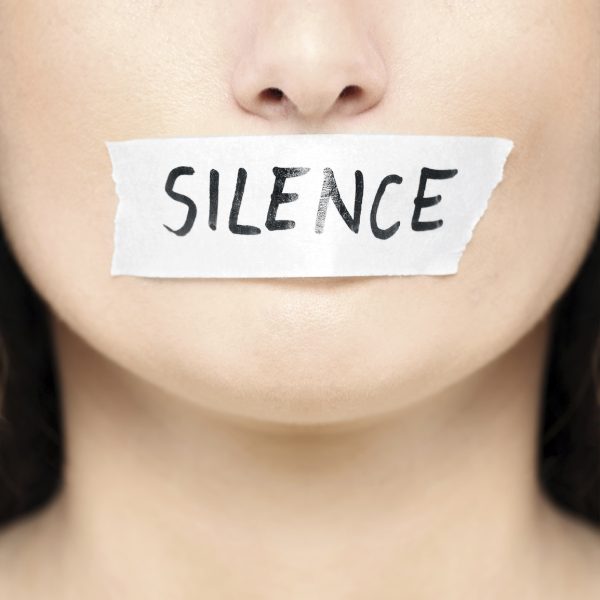Life in lockdown: Domestic abuse crisis during social isolation
Since the lockdown period for numerous cities in the U.S. took effect in March, law enforcement agencies across the country have reported a rise in domestic violence calls. Due to the threat of physical violence posed by some people to the ones they live with, victims of domestic violence are in need of unique methods to get assistance. Even calling assistance hotlines or law enforcement can be dangerous, because stay-at-home orders mean perpetrators of domestic violence are in increased amounts of physical proximity with those they live with.
“Home” isn’t a safe place for some people due to who they live with; in fact, one in four women and one in nine men are reported victims of domestic violence in the United States. For those living with an abuser, shelter-in-place conditions increase the likelihood and frequency of experiencing domestic violence. Ordinarily, the routine of daily life provides people with the opportunity to spend time outside of the house as well as the ability to socialize with more people. This structure allowed some people who experience domestic violence to not only spend time away from an abuser, but also to have more opportunities to be emotionally supported by those they interact with. Due to a dramatically increased amount of physical proximity, abusers now have a greater amount of influence and control over the person/people they live with.
The stressful environment propagated by COVID-19 is likely factoring into the increase of rates as well. Financial insecurity is high during this time due to businesses deemed “non-essential” having to close down temporarily. Between March 29 and April 4 of this year, unemployment claims were up by 13 to 84% compared to unemployment claims during these dates last year. The stress generated by financial worries provides a catalyst for abusers to lash out physically or verbally. There is a connection between poverty and rates of abuse, which can be attributed to the lack of financial control and security of those in poor economic circumstances. Lacking control in such a major area of life increases the desire to control other parts of life — in some cases, people assert control over those they live with through physical and/or verbal violence.
Interestingly, the number of calls to domestic violence helplines fell in Italy in the beginning of March. On its own, that information could point toward a possible decrease in domestic violence in Italy. However, leaders of help groups attribute the lower call rates to people having less freedom away from abusers. Being in the same place of residence with their abuser for longer amounts of time makes it more difficult for victims to call authorities or organizations for help. Despite help groups receiving fewer calls, the use of apps such as Whatsapp to report instances of violence has risen. It’s unclear whether this corresponds to a rise in Italy’s overall rates of domestic violence, but this fact does point toward the usefulness of new reporting methods.
A combination of the rise in domestic violence calls in the U.S., the financial stress that COVID-19 is causing, and Italy’s increase in reports of abuse on apps create a compelling case to innovate new reporting methods. The efforts of help organizations and law enforcement officials to combat domestic violence during this time are admirable, but they act more as damage control rather than an actual solution. In light of Italy’s effective introduction of apps to report domestic violence, it seems that following Italy’s example is the best that the U.S. can do to help citizens who experience violence at home. As a start, the National Domestic Violence Hotline based in Austin, Texas have chat and text options on their website; hopefully, people are aware of this as an option and that other easily accessible methods of reporting violence become available.












